Search the Special Collections and Archives Portal
Search Results
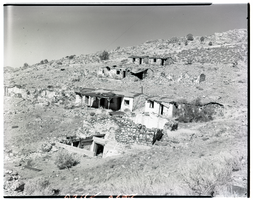
Film transparency of a ghost town, Delamar, Nevada, 1956
Date
Archival Collection
Description
Image
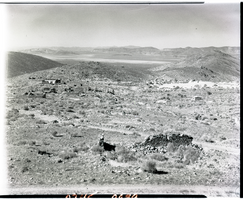
Film transparency of a ghost town, Delamar, Nevada, 1956
Date
Archival Collection
Description
Image
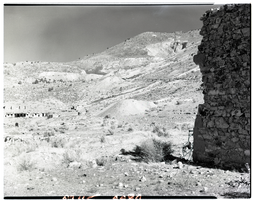
Film transparency of a ghost town, Delamar, Nevada, 1956
Date
Archival Collection
Description
Image
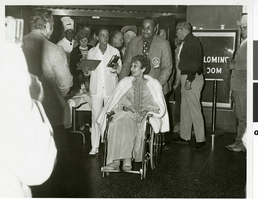
Photograph of Judy Bayley at a public event at the Hacienda Hotel and Casino, Las Vegas, Nevada, 1971
Date
Archival Collection
Description
Image
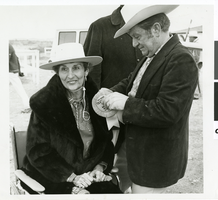
Photograph of Judy Bayley and Senator Howard Cannon at one of the trailrides, Las Vegas, Nevada, circa 1968-1971.
Date
Archival Collection
Description
Image
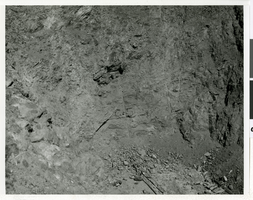
Photograph of the "Mole" Jarva Tunnel Borer at work on the Las Vegas River Mountain Project, Las Vegas, Nevada, circa 1968-1971
Date
Archival Collection
Description
Image
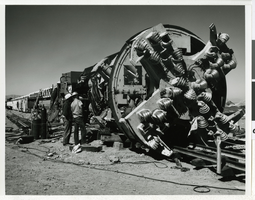
Photograph of the Jarva Tunnel Borer used on the Las Vegas River Mountain Project, Las Vegas, Nevada, circa 1968-1971
Date
Archival Collection
Description
Image

Photograph of the tunnel looking back on stationing from 394-00 on the Las Vegas River Mountain Project, Las Vegas, Nevada, circa 1968-1971
Date
Archival Collection
Description
Image
UNLV University Libraries Collection on Southern Nevada Mining
Identifier
Abstract
The UNLV University Libraries Collection on Southern Nevada Mining (1905-1921) contains documents, financial records, and customer correspondence from various mining companies operating in Southern Nevada during the early 20th century. Key figures and mining operations represented in the collection include Charles Sprague, Benjamin Gill, Hugh Brown, Earl Rinker, and the Goldfield Consolidated Mining Company. Also included is a 1905 panoramic photograph entitled "Rose & Palmer's Teams" taken by Ramsey and Pierce in Las Vegas, Nevada.
Archival Collection
Arlin Rex Johnson Notes on Coordinator of Information Office Responsibilities
Identifier
Abstract
The collection, dated 1941-1947, consists of loose-leaf notes from the daily journal of Arlin Rex Johnson (1898-1970), Budget and Planning Officer at the Coordinator of Information (COI) office in Washington, D.C. from September 2, 1941 to December 23, 1941, and a list of foreign visitors during his tenure as Assistant Director of Foreign Agricultural Relations at the United States Department of Agriculture from 1945-1947.
Archival Collection
